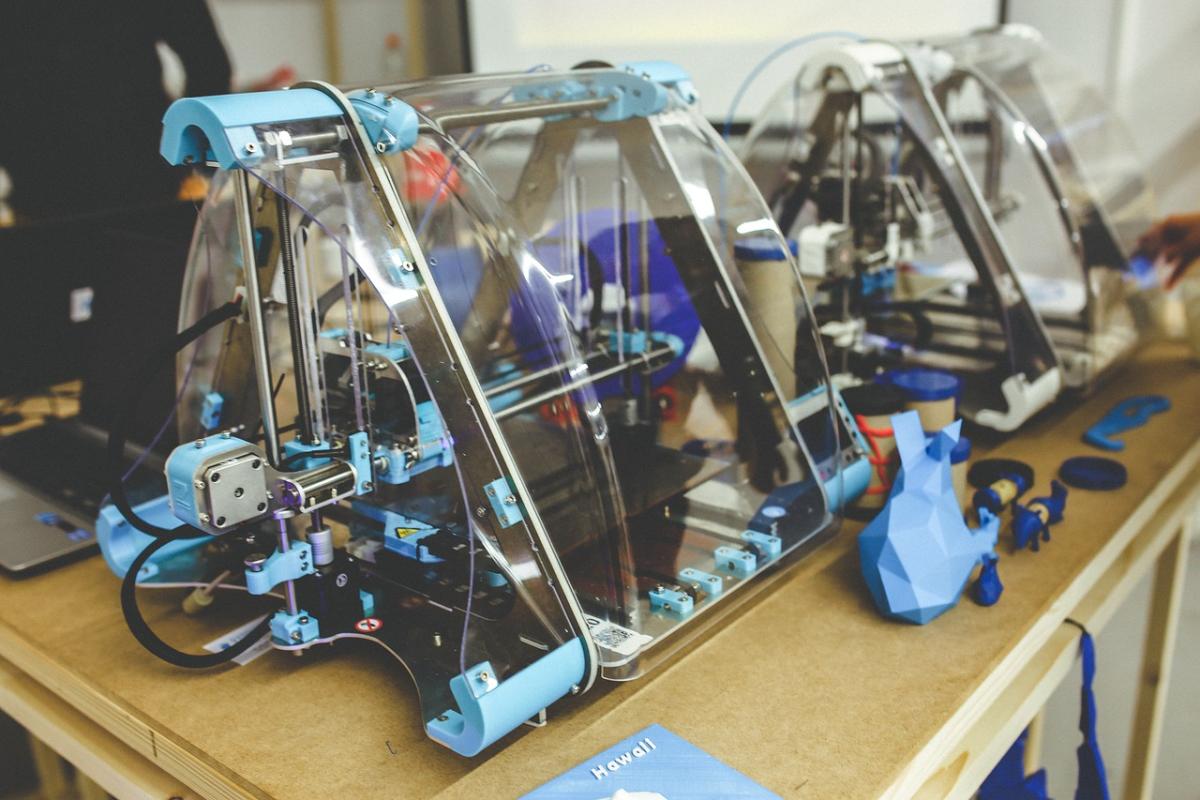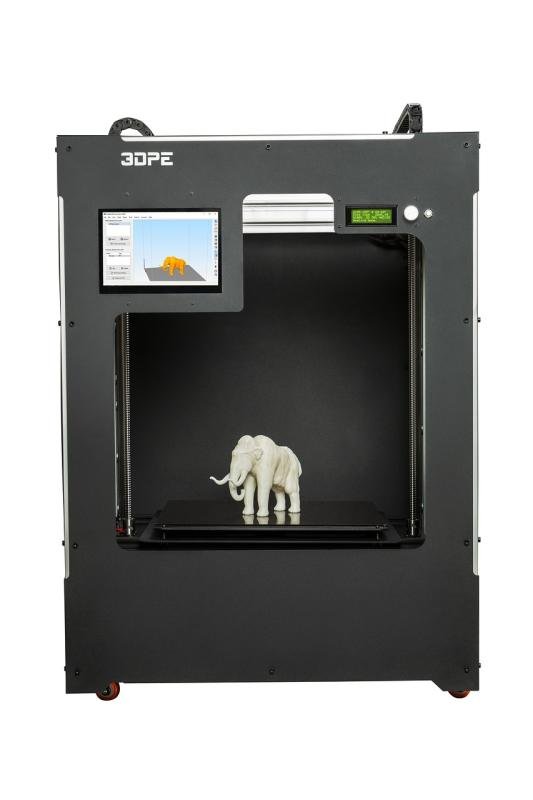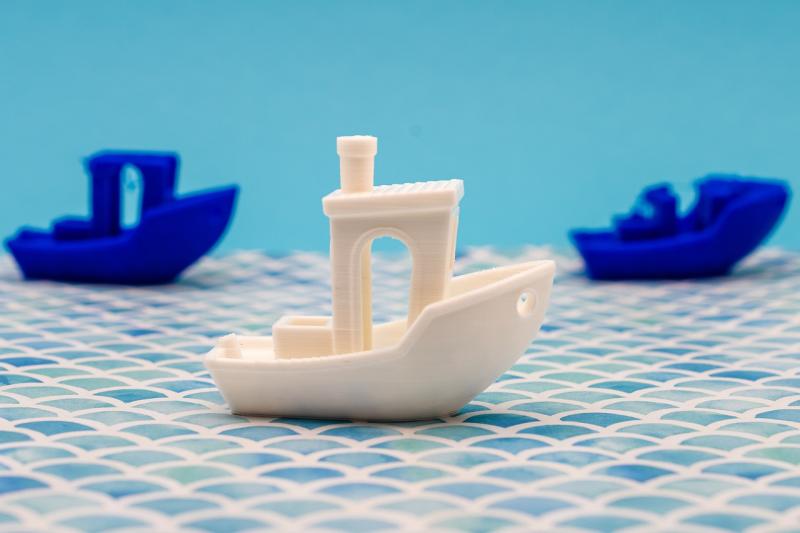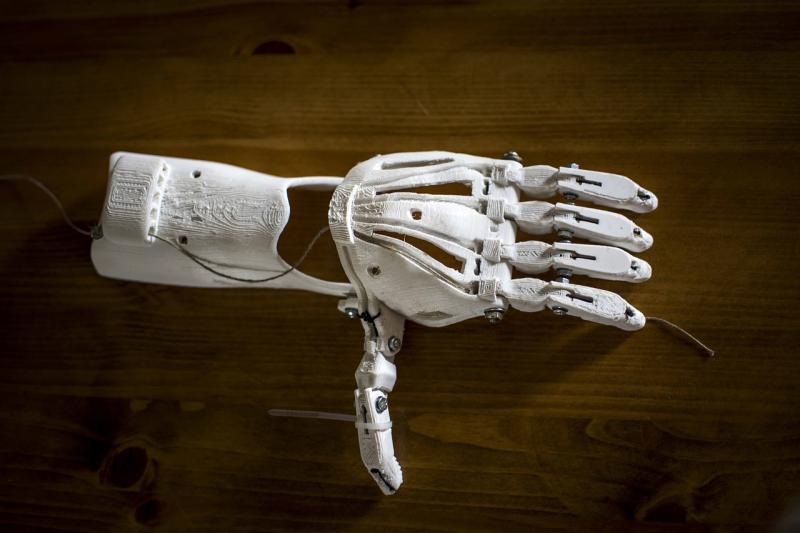If you’re diving into the world of 3D printing, you’ll come across various types of resin. Each type has its unique characteristics, which can completely change your printing game. Let’s explore some of the popular options!
Standard Resin: This is the go-to choice for most beginners. It’s easy to work with and produces great results for general use. Expect sharp details and a smooth finish, making it perfect for miniatures and prototypes.
Flexible Resin: If you need something a bit bendy, flexible resin is the one. It’s great for items that need to withstand some stress, like phone cases or wearables. You get durability without sacrificing that soft touch.
Durable Resin: This stuff is tough! It’s ideal for functional parts that need to endure wear and tear. Think of tools, brackets, or any items that require a bit of extra strength. Durable resin holds up in challenging environments.
Castable Resin: Planning to create jewelry or intricate designs? Go for castable resin. It burns away cleanly when cast in metal, leaving behind precise details. Perfect for artisans and makers who want to bring their ideas to life.
Pros and Cons of Each Resin Type
Standard resin is a popular choice for many 3D printing projects. It’s perfect for those detailed models you want to print. Here are some key points:
Durable Resin
If you need something tough, durable resin is the way to go. It holds up well under pressure and is designed for functional parts. Check these out:
High-Temperature Resin
High-temperature resin is for serious heat resistance. Perfect for parts that will face higher temperatures. Here’s what you need to know:
Flexible Resin
Flexible resin is great if you need items that can bend without breaking. Think toys or gaskets. Here’s the scoop:
Castable Resin
This type of resin is perfect for jewelry makers or those needing intricate molds. It offers some unique benefits:
How to Choose the Right Resin
Choosing the right resin for your 3D printing project can feel a bit overwhelming, but it doesn’t have to be! Start by figuring out what you’re actually going to print. Are you making something for display, or do you need parts that can stand up to some wear and tear? Different resins serve different purposes, so knowing your project helps a ton.
Next, think about the finish you want. Some resins provide a glossy look, while others give you a matte finish. If details matter, go for a high-detail resin. This type is perfect for miniatures or intricate designs. If it's durability you're after, look for tough or flexible resins. They’re built to take a beating, so your creations last longer.
Don’t forget about curing time! Some resins harden quickly, allowing you to get back to printing faster. Others might take longer but can offer better surface quality. Think about what matters most to you—speed or finish quality. This can really impact your workflow.
Finally, check compatibility with your printer. Not all resins work with every machine, so take a moment to double-check the specs. You wouldn’t want to buy a great resin only to find out it doesn’t fit your printer. Staying informed about these details will help you pick the best resin for your needs.
Tips for Using 3D Resin Effectively
Using 3D resin can feel a bit tricky at first, but once you get the hang of it, you’ll wonder how you ever printed without it! Here are a few tips to help you use 3D resin like a pro.
First off, always work in a well-ventilated area. The fumes can be a bit strong, so having good airflow makes a big difference. It’s smart to wear gloves, too, since resin can stick to your skin and be tough to get off. Safety first!
Next, getting your mix right is crucial. Follow the instructions on the resin bottle closely. Too much or too little hardener can mess up your prints, leading to poor adhesion or a longer curing time. It’s all about that sweet spot.
Don’t forget cleanup! After you’re done printing, clean any excess resin off your print with isopropyl alcohol. A soft brush or cloth works wonders here. Once you’ve got it clean, give it a good curing under UV light. This step makes sure your print is strong and ready to go.
Finally, don’t rush the process. Patience pays off with resin. Let each layer cure fully, and take your time with your setup. The results will be much better, and you’ll be super happy with your finished prints!



